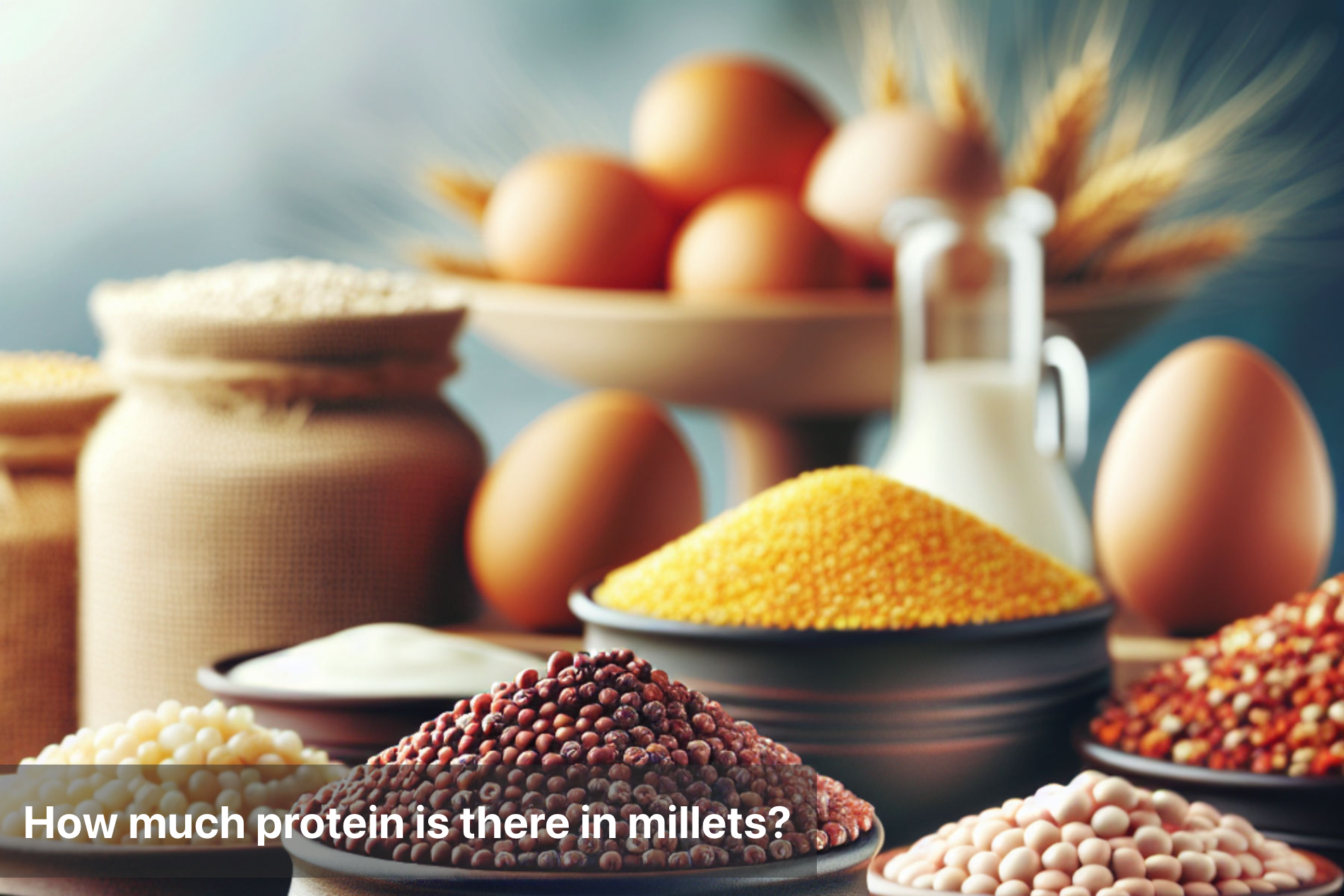
How much protein is there in millets?
Millets, often referred to as "nutri-cereals," are small-seeded grains packed with essential nutrients beneficial for overall health. These gluten-free grains are gaining popularity due to their remarkable nutritional profile, making them a valuable addition to a balanced diet. Millets are rich in vitamins, minerals, and dietary fiber, offering a range of health benefits.
Among the key nutrients present in millets, one of the most notable components is protein. Protein is vital in supporting various bodily functions, including muscle development, repair, and overall health maintenance. Millets serve as an excellent plant-based source of protein, making them a favorable choice for individuals following vegetarian or vegan diets.
Incorporating protein-rich millets into your meals can contribute significantly to meeting your daily protein requirements. Whether you prefer pearl millet, sorghum, or foxtail millet, each type offers a distinct protein content, allowing you to diversify your nutrient intake.
Understanding the significance of protein in millets is crucial for enhancing your dietary choices and optimizing your nutritional intake. By exploring the world of millets and their unique nutritional benefits, you can embark on a journey towards better health and well-being.

Nutritional Profile of Millets
One cup (174 grams) of cooked millet provides:
Calories |
207 |
Carbs |
41 grams |
Fiber |
2.2 grams |
Protein |
6 grams |
Fat |
1.7 grams |
Phosphorus |
25% of the Daily Value (DV) |
Magnesium |
19% of the DV |
Folate |
8% of the DV |
Iron |
6% of the DV |
Types of Millets and their Protein Content
Millets are a diverse group of small-seeded grasses that have been cultivated for thousands of years and are known for their nutritional benefits. When it comes to protein content, different types of millets offer varying amounts, making them a valuable addition to a balanced diet.
Pearl Millet: Pearl millet, also known as Bajra, is a popular millet variety rich in protein. It contains about 11-12% protein by weight, making it a great choice for those looking to increase their protein intake.
Finger Millet: Finger millet, or Ragi, is another millet variety that is known for its high protein content. It typically contains around 7-8% protein, along with other essential nutrients like calcium and fiber.
Foxtail Millet: Foxtail millet is a nutritious grain that provides approximately 12% protein per serving. It is also a good source of complex carbohydrates and dietary fiber.
Sorghum: Sorghum, also called Jowar, is another protein-rich millet variety with protein content ranging from 9-12%. It is gluten-free and suitable for those with gluten sensitivities.
Incorporating these protein-rich millets into your diet can help boost your protein intake while reaping the nutritional benefits they offer. Whether consumed whole, as flour, or in the form of porridge, millets are a versatile and nutritious addition to any meal plan.
How to Incorporate Millets into Your Diet
To incorporate millets into your diet effectively, consider the following tips:
Start Slow: Begin by replacing a portion of your regular grains with millets to gradually adjust to their taste and texture.
Experiment with Recipes: Explore various recipes such as millet porridge, salads, or pilafs to find delicious ways to incorporate millets into your meals.
Combine with Vegetables: Pairing millets with a variety of vegetables not only enhances the flavor but also boosts the nutritional value of your dish.
Try Millet Flour: Substitute wheat flour with millet flour in baking recipes for a protein-rich alternative.
Include in Breakfast: Kickstart your day by adding millets to breakfast options like smoothie bowls, overnight oats, or savory pancakes.
Snack on Millet Bars: Opt for homemade millet bars or granola bars as a convenient and nutritious snack option during the day.
Mix with Yogurt: Create a satisfying and protein-packed meal by combining millets with yogurt, fruits, and nuts for added texture and flavor.
Plan Ahead: Prepare millet-based meals in batches to ensure you have healthy options readily available when time is limited.
By implementing these tips, you can seamlessly introduce millets into your diet, reaping the benefits of their protein content while enjoying diverse and wholesome meals.

Exploring the Protein Levels in Millets: What You Need to Know
It is evident that incorporating millets into your diet can significantly enhance your protein intake and overall well-being. The diverse range of millets, each with its unique protein content, offers a nutritious alternative to traditional grains. By opting for millets, you can boost muscle development, manage weight effectively, and support your overall health objectives.
Moreover, introducing millets into your daily meals can be a simple yet impactful way to ensure an adequate protein intake. From incorporating millet-based breakfast options to using millet flour in baking recipes, there are numerous creative ways to enjoy the benefits of protein in millets.
It is crucial to recognize the role that millets can play in promoting a balanced diet rich in protein. By making informed choices and diversifying your food selections to include millets, you can elevate your nutritional profile and embrace a healthier lifestyle. Embrace the goodness of protein in millets and experience the positive impact on your well-being.
This Blog post is an initiative by Lo! Foods, to provide accurate and Nutritionist / Doctor approved information related to Health. Lo! Foods is India's leading brand for Everyday Functional Foods. Foods designed for specific Health conditions or Needs. Lo! Foods also runs India's largest range of Low Carb Healthy Cloud Kitchens, under the brand names of Lo!, ProteinChef, ATH (All Things Healthy) and DiabeSmart.



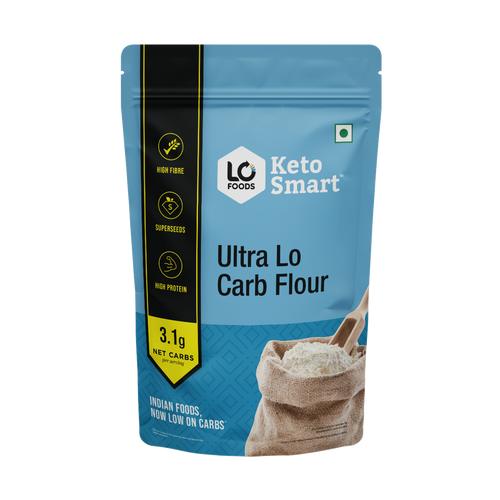
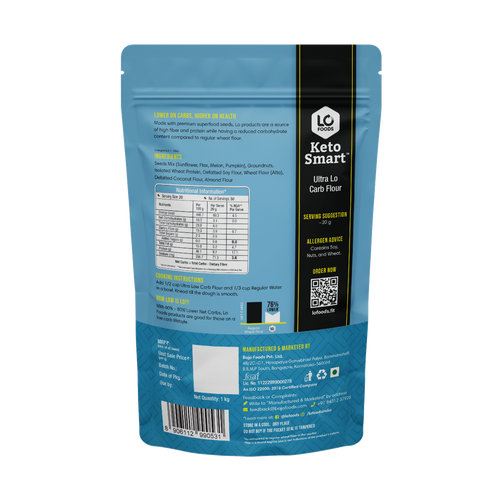

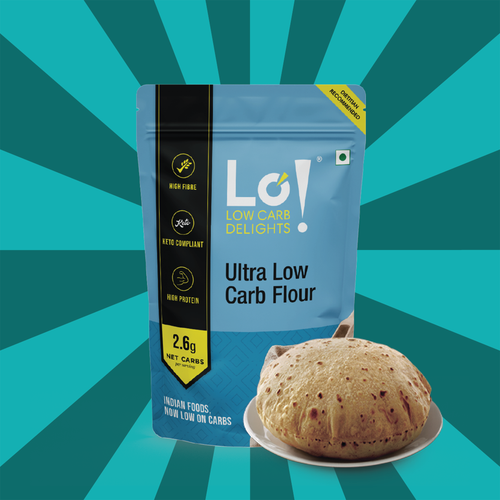


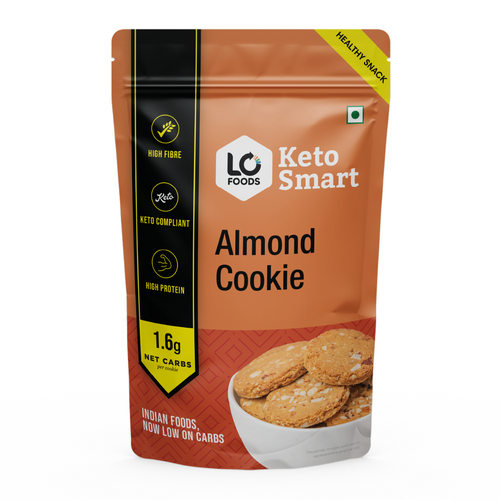





Leave a comment
Your email address will not be published.